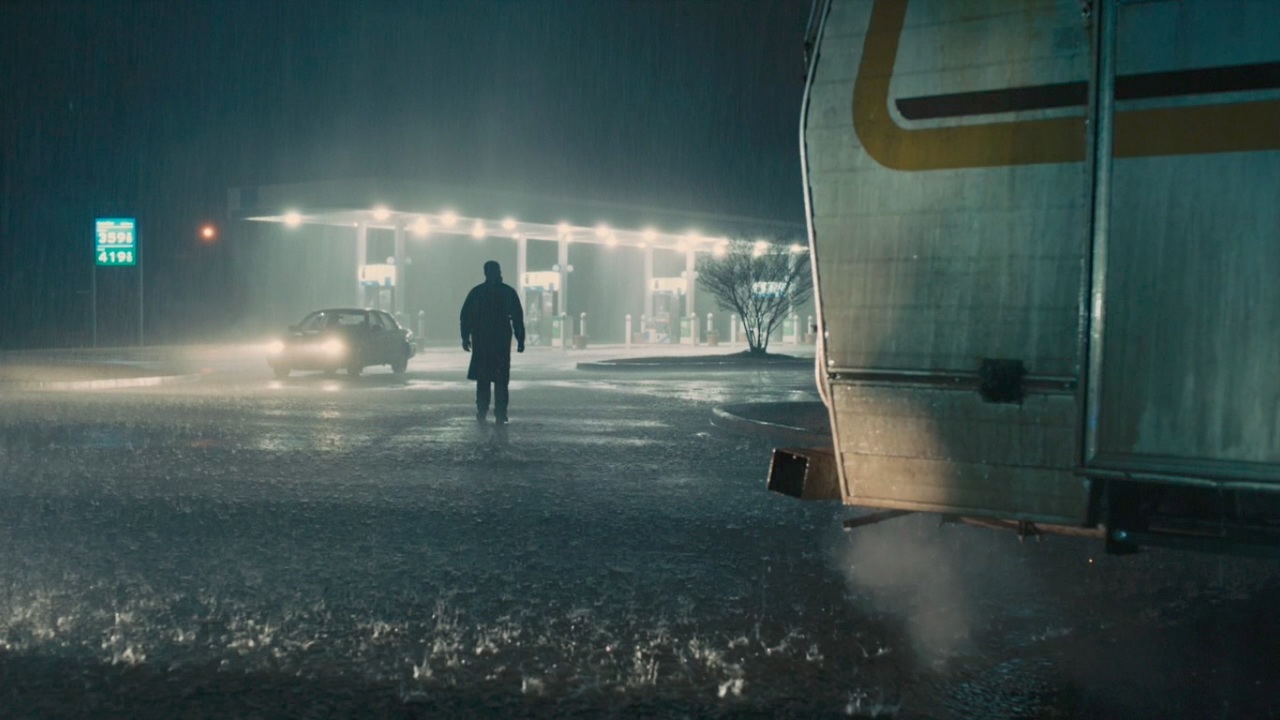At the Oscars earlier this week Roger Deakins picked up the 90th Academy Award for Cinematography for his work on Denis Villeneuve’s Blade Runner 2049. And about time, too! It was Deakins’ first win, after 13 prior nominations. In my review of the science fiction epic, I called his work “astonishing”, and praised the use of wide shots and careful lighting. Though delighted to see him receive his long overdue statuette, I’d like to point to some of the other films that could have (and should have) netted him the award already. And here they are…..
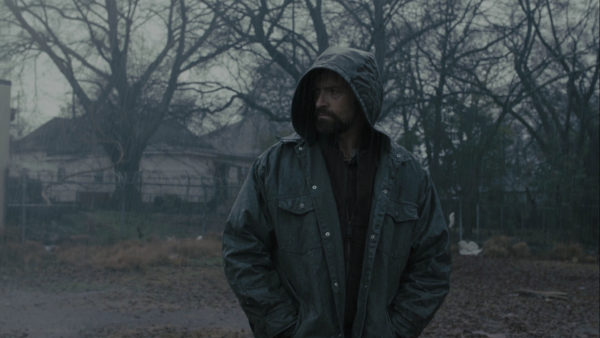
Prisoners (2013)
Also directed by Denis Villeneuve, this 2013 drama-thriller combined career-high performances from Hugh Jackman and Jake Gyllenhaal with some impressive camera and natural light work. This is the film that sparked my interest in cinematography, and it’s easy to see why. Prisoners is beautiful, from the snow-layered forests to the candle-lit vigil.
 Sicario (2015)
Sicario (2015)
Completing the hat trick of Villeneuve mentions in this article, Sicario was Deakins’ thirteenth nomination. And although it lost to Alejandro González Iñárritu’s beautiful The Revenant at the 2015 Oscars, it put up fierce competition. Using colour as a reflection of morality and clever throwbacks to classic films, Deakins created a very understated look for that promoted tension and fear more than most horror flics could dream of.
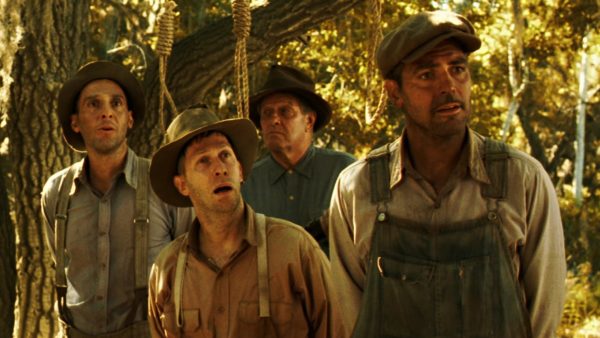
O Brother, Where Art Thou? (2000)
This is, for most, the film that put Deakins on the map. Digital colour correction and desaturation give this Homeric adaption a sepia palette. The old-photographic style is nostalgic, but also fresh for a film of this scale. Deakins spent 11 weeks tweaking the master of the film before settling on the grading. It’s a Coen brothers classic.
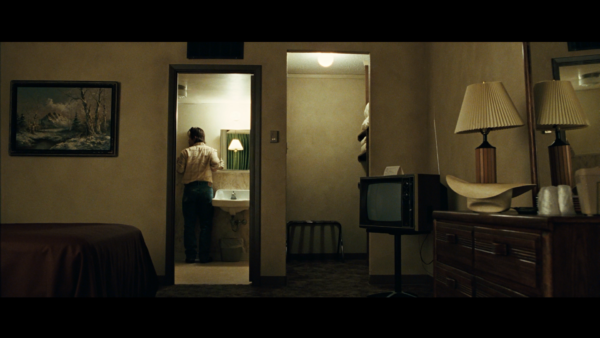 No Country for Old Men (2008)
No Country for Old Men (2008)
Another famous work from the Coen brothers, the oppressive and creeping tone was accomplished thanks to a fantastic performance from Javier Bardem and, once again, a glorious cinematographic effort from Deakins. This is one of the best films ever made, in my opinion, and a product of very passionate creators.
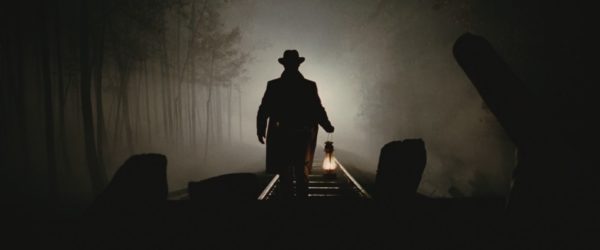 The Assassination of Jesse James by the Coward Robert Ford (2007)
The Assassination of Jesse James by the Coward Robert Ford (2007)
Fish eye lenses, aggressive use of depth-of-field, and perhaps the greatest night-time scene ever filmed—these are the things that make this film stand out beyond its rambling title; and it continues to stand as a highlight of Deakins’ career.

